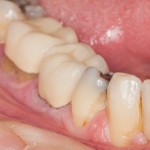
Thibault Colloc looks at a systematic review that assesses whether endocrowns are an appropriate restorative option with a predictable outcome for extensively damaged endodontically treated teeth
[read the full story...]
Thibault Colloc looks at a systematic review that assesses whether endocrowns are an appropriate restorative option with a predictable outcome for extensively damaged endodontically treated teeth
[read the full story...]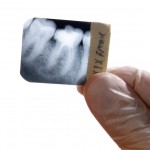
This review of the success and survival rate of endodontically treated cracked posterior teeth included 7 retrospective studies suggesting a 1 year survival rate of 88% (95%CI; 81% – 94%).
[read the full story...]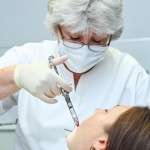
Colin Levey takes a look at this network meta-analysis of 46 RCTs assessing techniques and drugs for achieving pulpal anaesthesia for the non-surgical endodontic treatment of mandibular molars.
[read the full story...]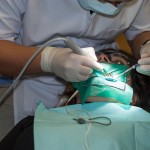
This large RCT involving 308 patients found that using 1.3% NaOCl was associated with less intense and less frequent post-endodontic pain than 5.25% NaOCl in mandibular molars with nonvital pulps treated in two visits.
[read the full story...]
This review of the efficacy of occlusal reduction on the management of post-operative endodontic pain included 6 small RCTs of high risk of bias. The fidings suggested non benefitc from occlusal reduction in the first 48 hours but some benefit at 72 hours. However the findings should be viewed cautiously because of the limited study quality.
[read the full story...]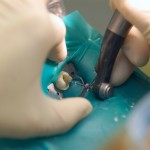
This review of outcomes following rooth canal treatment in cracked teeth included 4 small retrospective cohort studies which suggested an overall survival of 84.1% at 60 months.
[read the full story...]
This new guideline from the American Dental Association is about the the appropriate use of systemic antibiotics for the urgent management of symptomatic irreversible pulpitis with or without symptomatic apical pulpitis, pulp necrosis and symptomatic apical periodontitis and pulp necrosis and localized acute apical abscess.
[read the full story...]
This review of the success rate of partial pulpotomy in treating permanent posterior teeth with carious vital pulp exposure included 11 studies 5 of which are RCTs. The findings suggest that partial pulpotomy is a reliable treatment option.
[read the full story...]
This review of different pulpotomy dressing agents for pulpotomy treatment in immature permanent teeth. While the review suggested that the various agents tested had similar success rates the findings should be viewed cautiously as all the studies were at high risk of bias.
[read the full story...]
This review of the factors affecting the development ofsubcutaneous emphysema during root canal therapy included
51 studies describing 65 cases. A majority (48%) were linked to drying tooth canals with pressurised air in three-way syringe